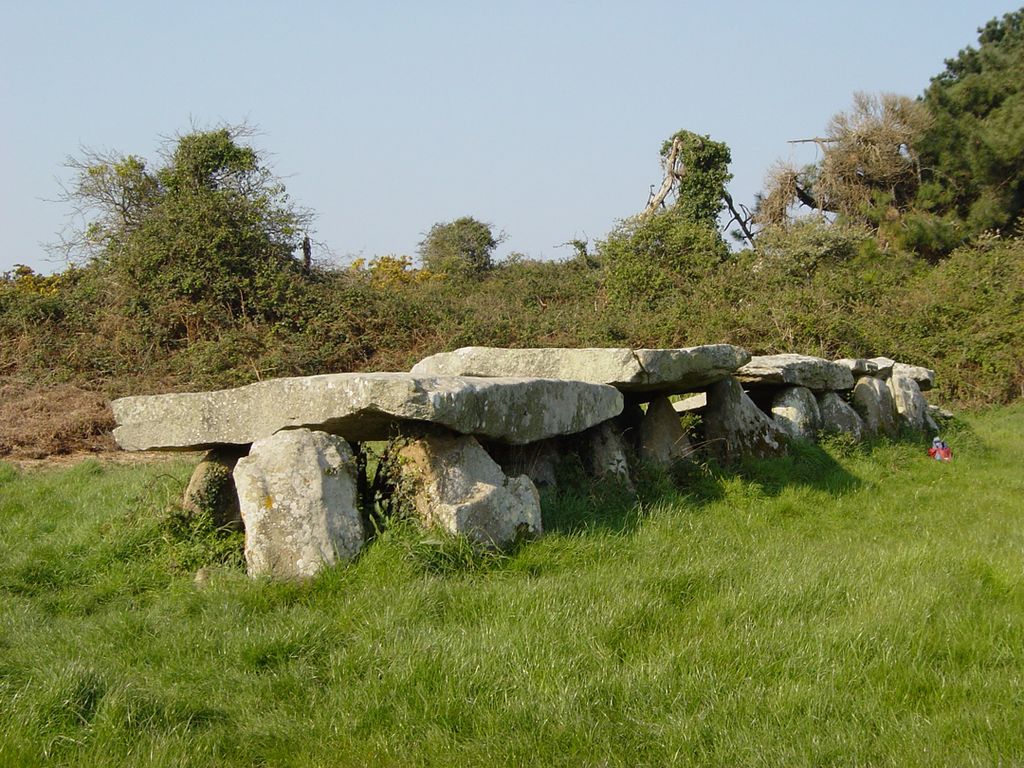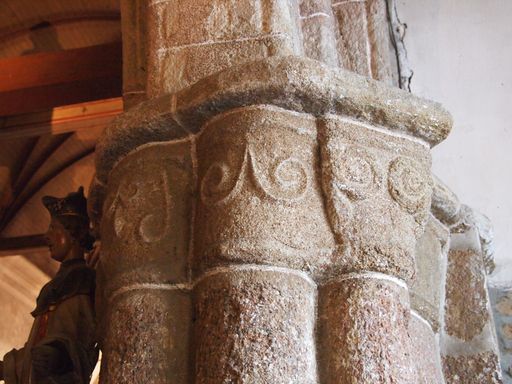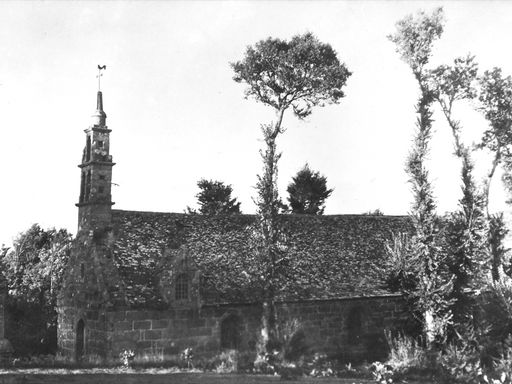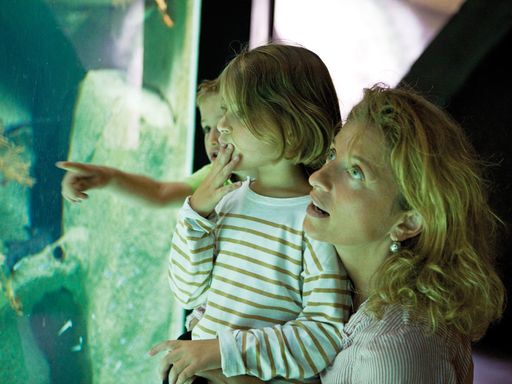
Prajou Menhir
Trébeurden

About
Probably dating from the third millennium B.C., Prajou-Menhir is the largest of the gallery graves in Trébeurden. It measures 14.5 metres in length and is made up of seven stone slabs. Did you know that its name means "Meadonws of the long stones" in Breton? Erected during the Neolithic period, gallery graves are megalithic monuments which would have served as collective graves. Over the centuries, they have seen other uses by successive generations of local inhabitants, who transformed them into shelters or storage for tools, for example. These carvings, on the upright stones of the gallery grave’s most difficult to access area symbolise breasts and the great Mother Goddess of Neolithic times.


Mill Tourony
Trégastel
From the beach at Tourony, you can admire a beautiful view of the Château de Costaérès. This imposing neo-medieval style villa dates from the end of the nineteenth century. It was built by a rich...  See
See


Saint Jacques Church
Perros-Guirec
Construction of Saint Jacques Church began in the eleventh century using granite from the area and further construction followed over the years, resulting in today's patchwork of architectural...  See
See


Penvern Chapel
Trébeurden
Located in Penvern, the Notre-Dame de Cîteaux Chapel, among the oldest in the area, is worth the detour for the magnificent altarpiece which it houses. Its paintings and sculptures are a superb...  See
See


Coz Pors
Trégastel
In the area around CozPors bay, you can see many unusually-shaped pink granite rocks. Have you seen the white statue standing on top of the granite rock formations above the Marine Aquarium? Dubbed...  See
See



